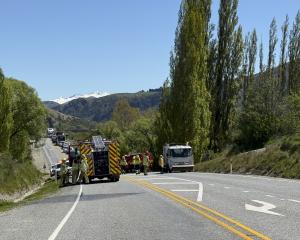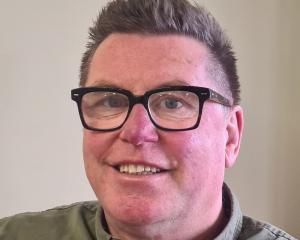Queenstown Lakes District Council geographical information systems manager Ryan Clements said this week he was in the preliminary stages of costing a technique called LiDAR (Light Detection And Ranging).
LiDAR involved a laser, mounted on an aircraft, which gathered super accurate height measure- ments while flying over large areas.
The millions of points of data were processed to create models of terrain with contours correct to a quarter of a metre, Mr Clements said.
"Our current flood model is based on poorer information. Our best data is down to a half a metre.
"If we have very accurate height information, we can model more accurately flood inundation and therefore notify the appropriate property owners.
"Maps would be made available to ratepayers and we would still get information from ORC."
Mr Clements said he was in talks with the Otago Regional Council to share the cost of LiDAR.
The technology was expensive.
However, NZ Aerial Mapping Ltd, in Hastings, had entered the market, along with Australian company AAM, which was expected to help push costs down.
While he was not prepared to guess how much it would cost for Queenstown, Mr Clements said LiDAR would be more cost-effective than sending surveyors out into the field.
Project and sales manager Dave Froggatt said yesterday NZ Aerial Mapping had acquired LiDAR three or four years ago.
The technology had been used in more than 100 projects.
"Most of New Zealand's regional councils and a significant portion of local authorities have used it - anyone who has a need for high accuracy terrain data.
"Because it's a laser, it will penetrate even quite dense vegetation and accurately define the terrain surface."
Mr Froggatt said the cost varied from a few hundred dollars to several thousand, depending on the area covered and level of information required.
Mr Clements said he would report back to QLDC the cost of acquiring LiDAR for the council's purposes.
Based on that, a decision would be made about the extent of the district which could be captured, given budgetary constraints.
LiDAR mapping of targeted areas in the district could begin as soon as the operator was available, Mr Clements said.











